Alpine Swift
- October 27, 2023
- 0 comment
The Alpine Swift (Tachymarptis melba) is a truly remarkable bird. With its sleek, aerodynamic body, powerful wings, and masterful flying skills, it is one of the most impressive creatures to soar through the skies.
Physical Attributes
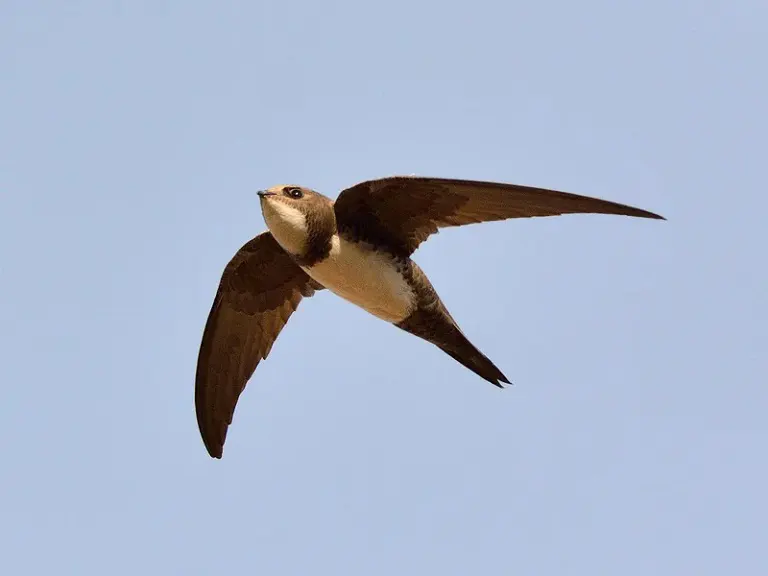
The Alphine Swift
- Scientific Name: Tachymarptis melba
- Lifespan: 20-25 years
- Habitat: Mountainous regions of Europe, Asia, and Africa
- Diet: Insects
- Size: 20-23 cm (7.9-9.1 in) long
- Weight: 60-100 grams (2.1-3.5 oz)
- Wingspan: 54-60 cm (21.3-23.6 in)
- Conservation Status: Least Concern
- Population Trend: Stable
The Alpine Swift is a large swift, measuring up to 23 cm (9 in) in length and with a wingspan of up to 58 cm (23 in). It has a long, forked tail and a slender, curved beak. Its plumage is mostly dark brown or black, with a paler throat and belly.
One of the most distinctive physical features of the Alpine Swift is its long, scythe-shaped wings. These wings are perfectly adapted for long-distance flight, allowing the Alpine Swift to reach speeds of up to 160 km/h (100 mph). The Alpine Swift also has a streamlined body and a small head, which help to reduce drag and improve flight efficiency.
Feather Coloration
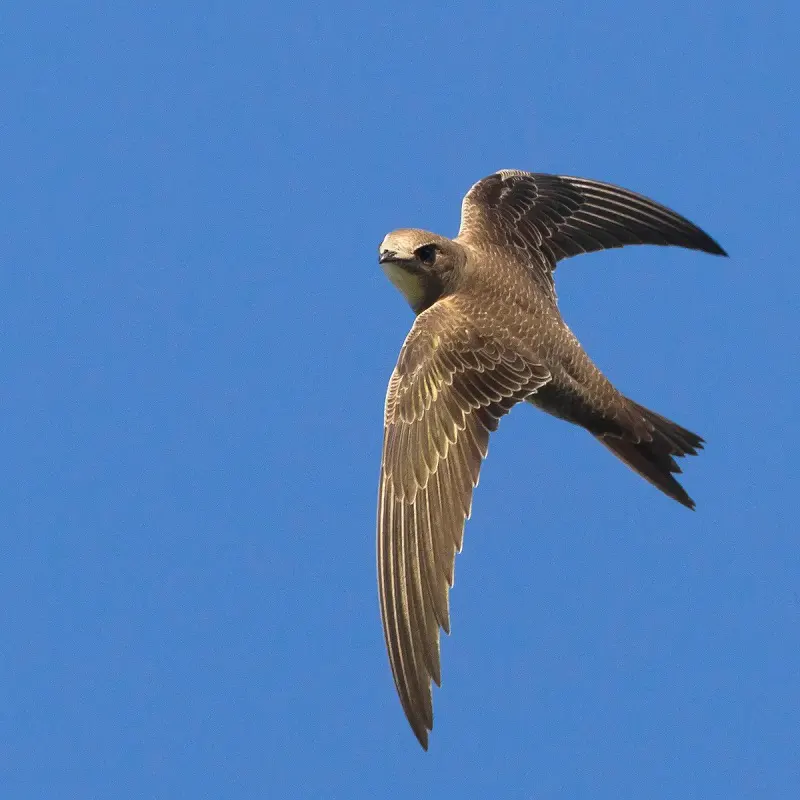
The Alpine Swift’s feather coloration is well-adapted to its lifestyle. The dark upperparts help it to camouflage itself against the sky, while the paler underparts help it to reflect heat and stay cool. The Alpine Swift’s wings are also dark brown or black, with a slight sheen. This helps to reduce the visibility of the wings and makes the Alpine Swift even more difficult to see while it is flying.
Species Type

The Alpine Swift is a member of the family Apodidae, which also includes other swifts and hummingbirds. Swifts are known for their incredible flying skills and their ability to spend long periods of time in the air. The Alpine Swift is one of the largest and most powerful swifts, and it is considered to be a master of flight.
Flight Characteristics
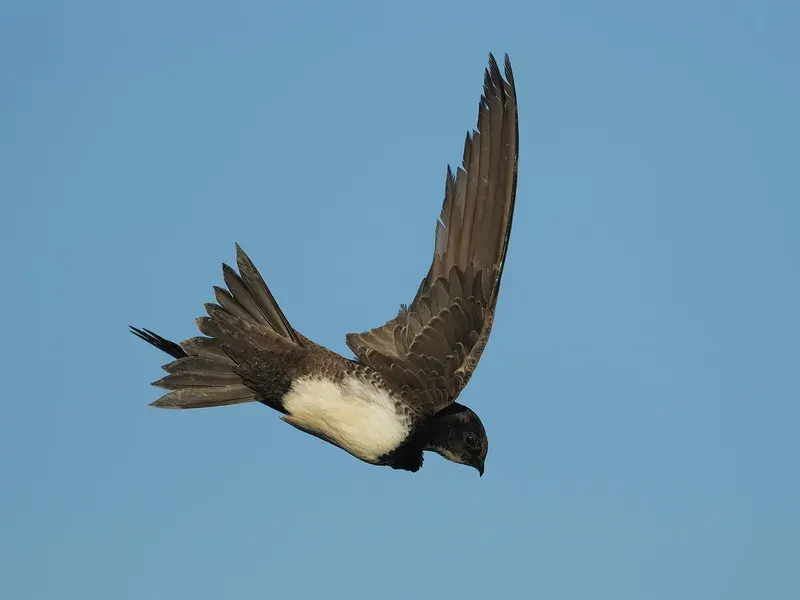
The Alpine Swift is a truly remarkable flyer. It can reach speeds of up to 160 km/h (100 mph) and can soar for hours on end without tiring. The Alpine Swift’s wings are specially adapted for long-distance flight, with a high aspect ratio and narrow profile. This means that the Alpine Swift can generate a lot of lift with relatively little effort, making it very efficient at flying.
The Alpine Swift is also very agile in the air. It can change direction quickly and easily, and it can even perform aerial acrobatics. This makes the Alpine Swift a very difficult bird to catch, even for predators such as hawks and falcons.
Habitat & Distribution
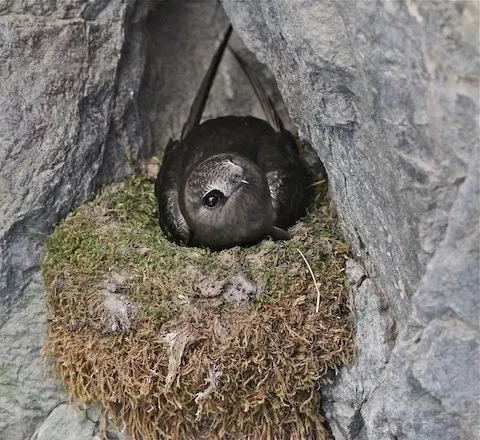
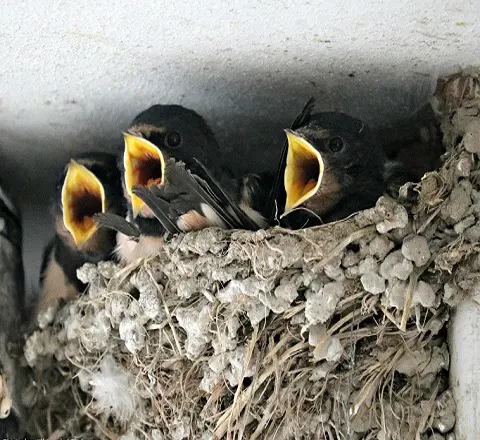
The Alpine Swift breeds in mountainous regions of Europe, Asia, and Africa. It winters in Africa and India. Alpine Swifts are often seen nesting in high cliffs and caves.
The Alpine Swift’s habitat is important for its breeding and wintering. The high cliffs and caves that Alpine Swifts nest in provide them with shelter from predators and the elements. The Alpine Swift also needs access to open areas where it can feed and fly.
Migration Patterns

Alpine Swifts are long-distance migrants. They spend the summer breeding in Europe and Asia and then migrate to Africa and India for the winter. Their migration patterns are well-defined, and they often travel in large flocks.
Alpine Swifts typically begin their migration in August or September. They fly south over the Mediterranean Sea and the Sahara Desert to reach their wintering grounds in Africa. Alpine Swifts return to their breeding grounds in Europe and Asia in April or May.
The Alpine Swift’s migration is a long and dangerous journey. The birds face many challenges along the way, including predators, bad weather, and food shortages. However, Alpine Swifts are well-adapted to migration, and they have been known to travel over 10,000 km (6,200 mi) during their migration.
Behavioral Traits

Alpine Swifts are highly social birds. They often roost in large colonies, and they work together to raise their young. Alpine Swifts are also very active birds, and they are rarely seen on the ground.
Alpine Swifts are known for their playful behavior. They often engage in aerial acrobatics, and they have even been known to chase each other in the air. Alpine Swifts are also very curious birds, and they are often seen inspecting new objects and areas.
Role in Ecosystem
Alpine Swifts play an important role in the ecosystem by helping to control insect populations. They catch their prey in mid-air, using their long beaks to snap them up. Alpine Swifts are known to eat a wide variety of insects, including flies, beetles, termites, and mosquitoes.
Alpine Swifts also play a role in the pollination of plants. Alpine Swifts often visit flowers to drink nectar, and they can transfer pollen between flowers as they do so. This helps to pollinate plants and ensures that they produce fruit and seeds.
Dietary Habits
Alpine Swifts are insectivores, meaning that their diet consists primarily of insects. They catch their prey in mid-air, using their long beaks to snap them up. Alpine Swifts are known to eat a wide variety of insects, including flies, beetles, termites, and mosquitoes.
Alpine Swifts also eat other small animals, such as spiders and snails. Alpine Swifts have even been known to eat small birds.
Alpine Swifts need to eat a lot of insects to maintain their high metabolism. They can eat up to 2,000 insects per day. This helps to control insect populations and keep the ecosystem in balance.
Interesting Facts

- Alpine Swifts can spend up to 10 months of the year in the air.
- Alpine Swifts can sleep while flying.
- Alpine Swifts can mate while flying.
- Alpine Swifts have been known to travel over 10,000 km (6,200 mi) during their migration.
- Alpine Swifts are the fastest-flying birds in Europe.
- Alpine Swifts are known to nest in the highest cliffs in the world.
- Alpine Swifts are very intelligent birds, and they have been known to use tools.
Nesting Habits
Alpine Swifts build their nests in high cliffs and caves. They use their saliva to cement together small twigs and grasses. The nest is typically cup-shaped and is lined with feathers.
Alpine Swifts lay two eggs per clutch. The eggs are incubated by both parents for about 20 days. The chicks hatch blind and helpless, and they are fed by their parents for about 40 days before they fledge.
Alpine Swifts are very protective of their nests and chicks. They will often attack predators that come near their nests.
Vocalizations & Sound Mimicry
Alpine Swifts have a variety of vocalizations, including chirps, whistles, and screams. They are also known to mimic the sounds of other birds.
Alpine Swifts use their vocalizations to communicate with each other and to defend their territories. They also use their vocalizations to attract mates and to raise their young.
Communication Methods
Alpine Swifts communicate with each other using a variety of vocalizations and body language. They also use their nests to communicate, with different nest types serving different purposes.
Alpine Swifts have a complex social structure, and they use their communication skills to maintain their relationships and coordinate their activities.
Ecological Significance
Alpine Swifts play an important role in the ecosystem. They help to control insect populations, and they pollinate plants. Alpine Swifts are also a food source for other predators.
Alpine Swifts are also important for the economies of some countries. Alpine Swifts attract tourists, and they also help to control insect pests that can damage crops.
Conservation Status and Challenges
Alpine Swifts are currently listed as Least Concern on the IUCN Red List of Threatened Species. However, they face a number of challenges, including habitat loss, climate change, and pesticide use.
Habitat loss is a major threat to Alpine Swifts. Alpine Swifts need high cliffs and caves to nest in, and these habitats are being destroyed by development and other human activities.
Climate change is also a threat to Alpine Swifts. Climate change is causing Alpine Swifts to migrate earlier and to winter further north. This is disrupting their breeding and feeding cycles.
Pesticides are also a threat to Alpine Swifts. Pesticides can kill the insects that Alpine Swifts eat, and they can also poison the Alpine Swifts themselves.
Research and Ongoing Studies
Another important area of research is the impact of pesticides on Alpine Swifts. Scientists are trying to understand how pesticides are affecting the Alpine Swifts’ food supply, their health, and their reproduction.
Alpine Swift in flight
Scientists are also developing new conservation strategies for Alpine Swifts. These strategies include protecting Alpine Swift’s habitat, reducing pesticide use, and managing Alpine Swift populations.
Educational and Ecotourism Opportunities

Alpine Swifts are a fascinating species of bird, and they can be a valuable educational and ecotourism resource. There are a number of organizations that offer opportunities to learn more about Alpine Swifts and to see them in the wild.
Alpine Swift education programs can teach people about the importance of Alpine Swifts, the threats they face, and what can be done to protect them. Alpine Swift ecotourism programs can give people the opportunity to see Alpine Swifts in their natural habitat and to learn more about these amazing birds.
Conclusion
The Alpine Swift is a truly remarkable creature. With its incredible flying skills, its mastery of the skies, and its important role in the ecosystem, it is a bird that we should all cherish. We need to do everything we can to protect Alpine Swifts and their habitat. We can reduce our use of pesticides, support organizations that are working to protect Alpine Swifts, and educate others about the importance of these amazing birds.


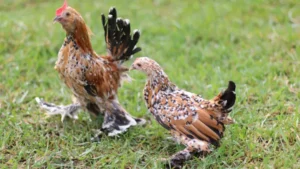
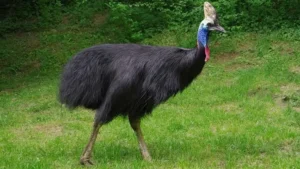
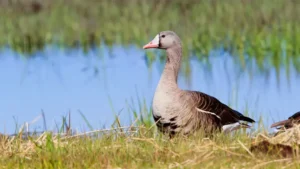
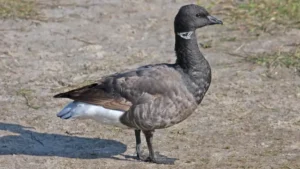
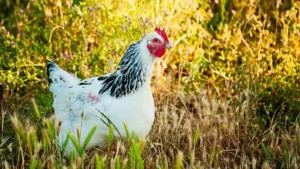
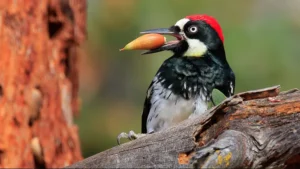
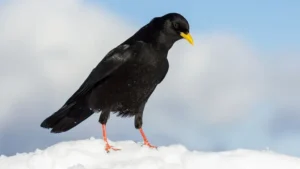
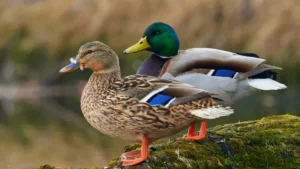
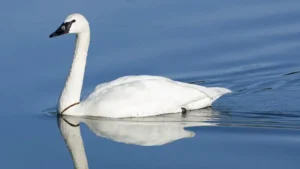
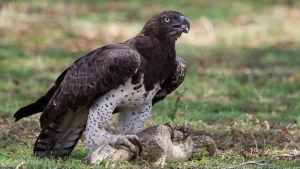

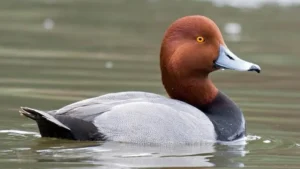
Leave your comment